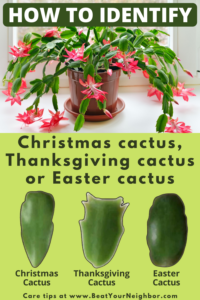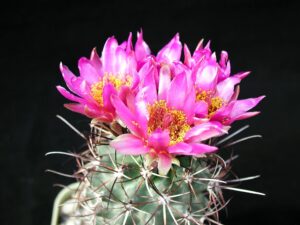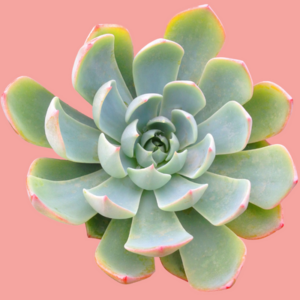Crossword puzzles possess a unique charm, and among the myriad clues that stimulate our minds, cactus-related hints pique the curiosity of many enthusiasts. “Cactus bump” may seem like an innocuous phrase at first glance, but it can lead solvers down a whimsical path filled with botanical knowledge and linguistic flair. This exploration of cactus bumps lends itself as a playful challenge, appealing to both seasoned puzzlers and novice solvers alike.
Venture into the world of cacti, and you are immediately confronted with a fascinating array of forms, textures, and peculiarities. Each species of cactus tells a story through its physical attributes, and “bump” can evoke thoughts of the distinctive protuberances found on these magnificent plants. The role of such features serves not only to inspire crossword constructors but also to spark the imagination of those seeking answers.
Understanding the clues around “cactus bump” requires a dive into a few botanical basics, so let’s dig deeper into the ways these spikes and tubercles add complexity to crossword clues.
The Fascinating World of Cacti
Cacti, members of the family Cactaceae, stand out in the plant kingdom for their ability to thrive in arid conditions. With over 2,000 species distributed throughout the Americas, these adaptations make them prime subjects for creative crossword clues. Their unique morphology is defined by features such as spines, tubercles, and bumps, which serve various ecological purposes.
Glimmers of understanding illuminate the multitude of possible connections between words and meanings. Cacti can be spiny or spineless, boasting shapes ranging from towering saguaro to diminutive hedgehog forms. Each crest or bump is an essential evolutionary trait, allowing these plants to conserve water and protect themselves from herbivores. Such characteristics serve as fertile ground for clever crossword puzzling.
Considerations of common cactus bumps reveal a wealth of information. Are you thinking of the diminutive tubercles characteristic of the opuntia? Or perhaps the swelling growths seen on certain cacti when stress induces adaptive changes? The answers to such questions can open avenues in solving crossword puzzles rich with botanical references.
Decoding Cactus-Related Crossword Clues
Crossword clues are often shrouded in ambiguity, presenting solvers with a delightful conundrum. When faced with a phrase like “cactus bump,” decoding the intended meaning hinges on an intimate understanding of both the plant and the crossword’s playful language.
The first step towards unraveling such puzzles is to recognize that “bump” may refer not only to a physical protrusion but could also represent slang or colloquial expressions. Consider terms that relate to the word “bump” within the context of cacti; the delightful shapes and structures of these plants could easily lend themselves to descriptive terms used in everyday language. Is it a nod to “cactus wobbly”? Or, perhaps, “buff”? Exploring synonyms and related terms proves invaluable in such contexts.
Embracing the essence of the puzzling experience prompts us to employ lateral thinking. When tackling a clue like “cactus bump,” one might also need to think about other names or types that evoke similar connotations. The humorous association with “bump” could also lead solvers to reflect on popular names or colloquialisms used within the gardening community, which further augments the challenge of the crossword.
Tips for Mastering Botanical Crossword Clues
To not only solve the “cactus bump” clue but also to ace future botanical crossword clues, equipping oneself with knowledge and strategy remains paramount. Here are several tips to elevate your puzzle-solving prowess:
1. **Familiarize Yourself with Cactus Species:** Understanding various species and their characteristics can provide the semantic landscape necessary for solving clues. Mammillaria, Echinopsis, and Ferocactus all present unique attributes that can translate into crossword entries. When armed with such knowledge, the leaps from clue to answer become increasingly intuitive.
2. **Explore Botanical Terminology:** The language used in the world of botany can be intricate and nuanced. Terms like “areole” or “spination” may come into play when clues reference broader scientific terminology. Investing time in lexical digestion can provide a leg-up in deciphering puzzling clues.
3. **Keep a Botanical Dictionary Handy:** When engaging with crossword puzzles rich in nature-related clues, having access to a botanical dictionary can be invaluable. These resources can help clarify definitions and provide contextual insight.
4. **Join Botanical and Crossword Communities:** Engaging with forums or social networks that focus on cacti or crossword puzzles can provide not only insight but also camaraderie. Sharing your experiences with others can illuminate new pathways for solving tricky clues.
5. **Practice Regularly:** Like any skill, regular practice enhances your ability to navigate through complex clues. Solve crossword puzzles with botanical references frequently to gain familiarity and fluency in the language of plants and puzzles alike.
The joy of solving clues, especially those as tantalizing as “cactus bump,” lies not only in the answer itself but in the journey of discovery that accompanies it. A playful examination of botanical clues enriches the mind and nourishes a love for language. So the next time you encounter a crossword puzzle replete with floral references, remember to view each clue as an invitation to explore nature’s wonders, one bump at a time.





Leave a Comment